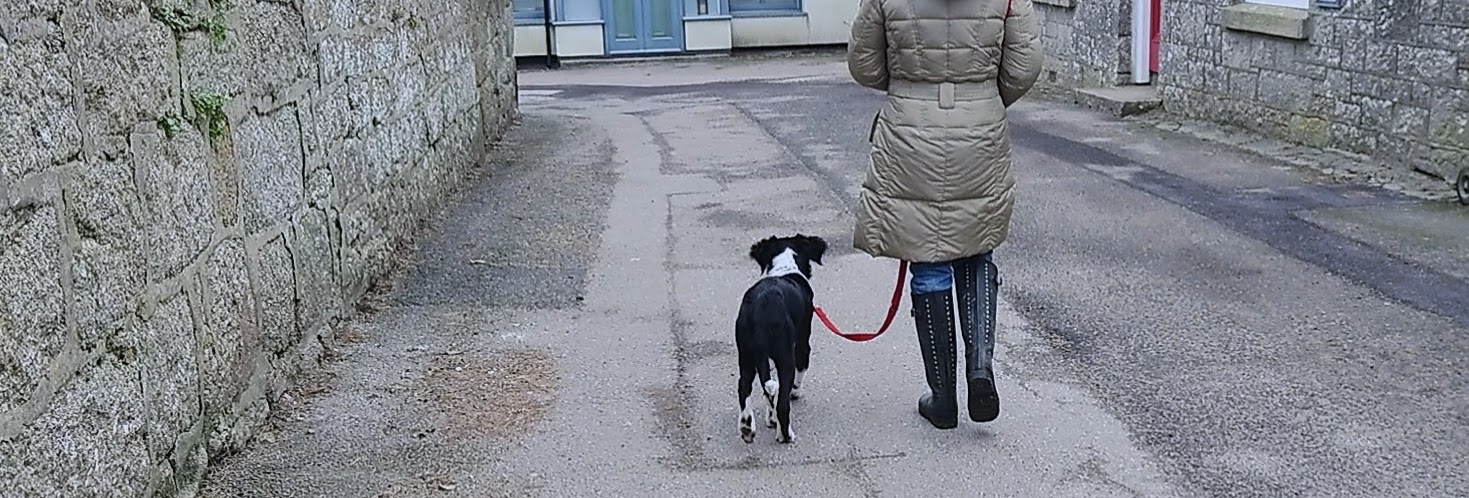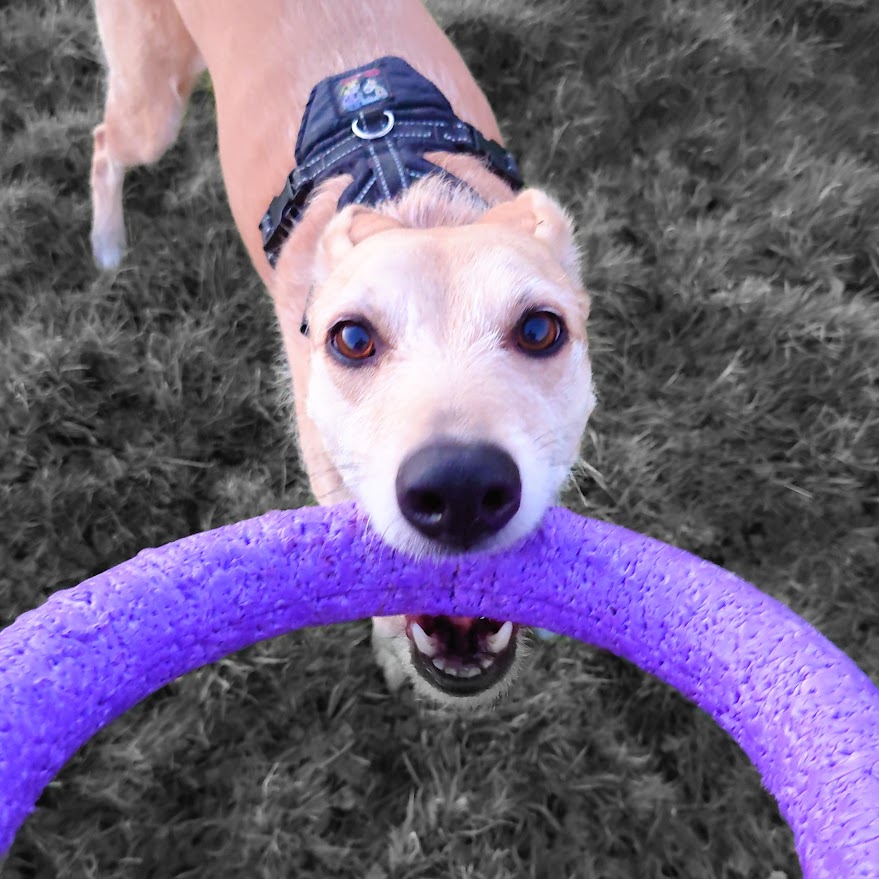1. Decide what you are trying to achieve BEFORE you start training.
When I first chat to clients, the main thing they want to talk about is what they don't like, what goes wrong, and what frustrates them. And that's okay, because it all helps in my understanding of their challenges. But there is a mind shift that needs to take place, otherwise you will always be saying no, and trying to stop behaviour. Rather than dwelling on what your dog does wrong, look at what you want your dog to do instead. It's actually quite hard for some people to do, but as soon as they work it out, then we have the start of a plan. For example, sit or keeping four feet on the floor when your dog greets someone is easier to train than ‘stopping jumping up’ which is what I usually hear first.
2. Keep training sessions short
In my experience, it is all too easy to go one with a session too long. You lose concentration and your dog loses concentration. Think about times in your life such as while you boil the kettle, or during a commercial break while watching TV and if out and about, do 3 minutes of training then have a break to play or for your dog to sniff.
3. Try not to repeat cues
If you are having to repeat a cue STOP and think about WHY your dog is finding it difficult to respond.
3. Splitting things down into smaller chunks can really help.
When someething seem difficult to achieve, can you break it down. For example, if you would like your dog to walk up a ramp into the back of your car, you could train the ramp flat away from the car, build up the height to the back of the car, then tran separately your sit or lay down cue on a mat that can also be transferred to the car.

4. Build up the difficulty of exercises at an appropriate level for the individual dog.
Build distractions, locations and distance. Break down the exercise and make it super clear to your dog.
5. If something goes wrong, try to understand why
Your training has stalled for a reason, so set things up better, often easier, next time.


